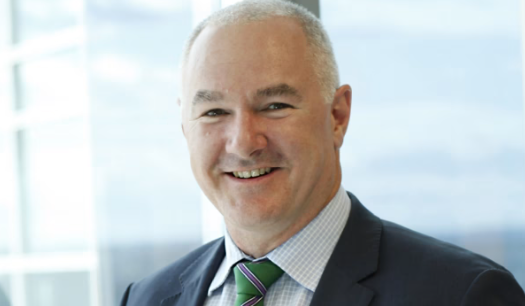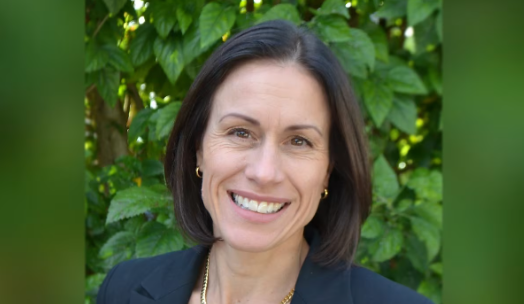For the second time since last May, Australia’s central bank has held the cash rate, much to the relief of many Australian borrowers.
At its July board meeting on Tuesday (4 July), the Reserve Bank of Australia (RBA) opted to keep the cash rate at 4.10 per cent. In his statement announcing the RBA board’s decision, RBA governor Philip Lowe admitted “inflation in Australia has passed its peak.”
A primary driver of the central bank’s decision has been the efforts of the previous rate increases “working to establish a more sustainable balance between supply and demand in the economy,” Dr Lowe explained.
However, he also warned “inflation is still too high and will remain so for some time yet,” before adding “some further tightening of monetary policy may be required to ensure inflation returns to target in a reasonable time frame.”
In the meantime, Australian borrowers can breathe collective sighs of relief with what LJ Hooker’s head of research, Matthew Tiller, described as positive news.
Alluding to the RBA’s admission further rate hikes remain on the cards, Mr Tiller said July’s decision will “give confidence that we are nearing the end of the cycle of increases.”
Australia’s property market has shown signs of resilience in recent months, with CoreLogic’s June Home Value Index (HVI) revealing prices nationally rose for the fourth consecutive month. On top of this, the head of research indicated “days on market have been falling and we’ve seen solid auction clearance results.”
“Keeping interest rates unchanged will ensure that this buyer demand continues,” he further noted.
In defiance of typical winter conditions, Australia’s auction market has been on a two-month long run of higher-than-usual volume and preliminary clearance rates of over 70 per cent.
In the eyes of Dean Milton, chief operating officer at the Real Estate Institute of Queensland (REIQ), July’s rate pause will provide relief to many business owners, particularly those responsible for inspiring much-needed housing stock increases.
“With business insolvencies on the rise, this is a welcome pause to give developers a chance to catch up and restore cash flow,” he explained.
“There has been a 30 per cent decline in loans for new builds during the last 12 months of the hiking cycle, which are now at the lowest levels since the end of the mining boom,” he added.
According to Lending to Households and Businesses data released by the Australian Bureau of Statistics (ABS) last month, the number of new loans issued for the purchase or construction of a new home has hit record lows throughout April. Compared to 12 months earlier, these lending numbers were down 31.5 per cent.
And while many may view the RBA’s latest cash rate decision through a positive lens, CoreLogic’s research director, Tim Lawless, stressed that the market is far from in the clear.
With Dr Lowe failing to rule out any future cash rate decisions, Mr Lawless explained the potential of another hike in August “could weigh further on consumer sentiment, which is already at GFC lows.”
“Historically, consumer sentiment and housing market sales have been closely correlated,” he said, before adding “housing activity could be further impacted if credit becomes less available.”
The average variable mortgage rate rose to 5.9 per cent, paired with the Australian Prudential Regulation Authority’s (APRA) serviceability buffer, meaning new borrowers will be assessed at a mortgage rate of nearly 9 per cent. Add to this the increased cost of living pressures and negative real income growth, Mr Lawless explained it’s becoming harder for borrowers to obtain credit approval.
“As more borrowers are exposed to higher interest rates, either via rising variable mortgage rates or the expiration of fixed rates, we are likely to see a progressive increase in mortgage arrears, albeit from record lows last year,” he said.
To date, we have yet to see mortgage trouble creep into the market, with APRA’s data for the March quarter revealing just half a per cent of borrowers are less than 90 days behind on their repayments. And while this rate is expected to rise in the coming months, Mr Lawless noted this figure will still sit below 5 per cent.
Moving forward, he believes “whether the current interest rate setting and the potential for a further rate hike in August is enough to push the housing market into a double-dip downturn remains uncertain.”


